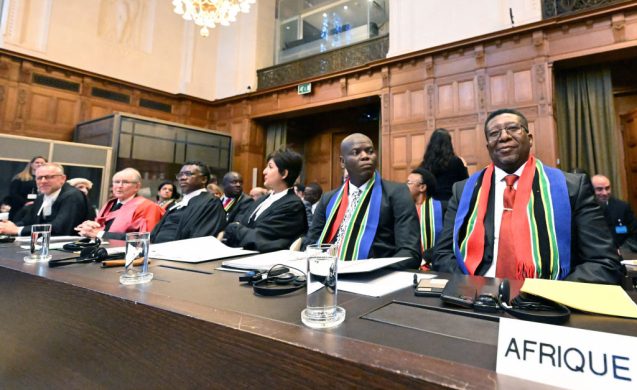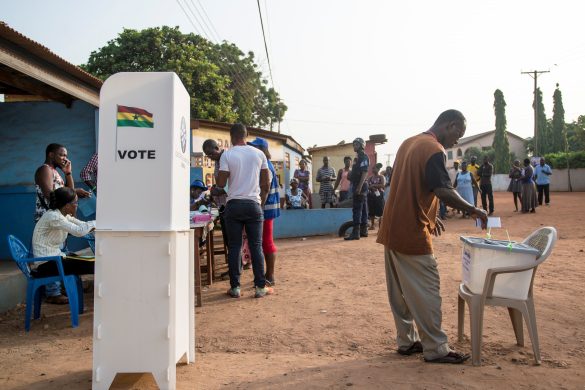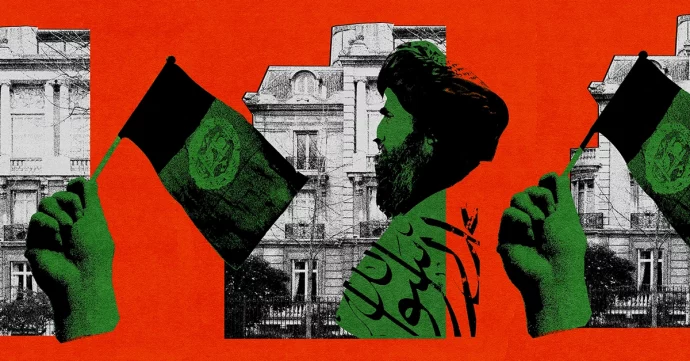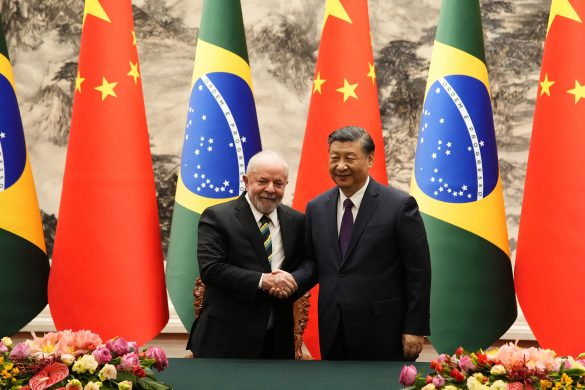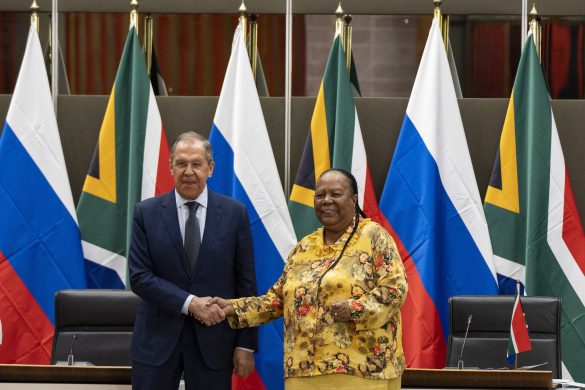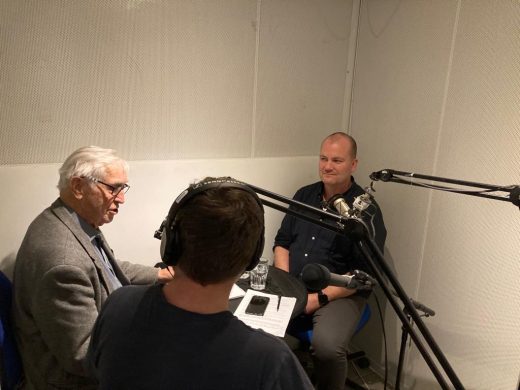DURBAN, 18 July 2016 (UN News Service): More than 18,000 global leaders, scientists, advocates, and frontline health workers gathered Monday in Durban, South Africa, for a United Nations-cosponsored international conference on AIDS, (AIDS 2016) to advance knowledge about HIV and build innovative partnerships to strengthen global response to the endemic.
“To end this epidemic, we must close the gaps that keep people from accessing services and living with dignity. We have to expand resources, science and services,” UN Secretary-General Ban Ki-moon said, stressing the need to protect and promote the rights of people living with HIV, gay men and other men who have sex with men, transgender people, sex workers, people who inject drugs and prisoners.
“When we do this, we can end stigma and discrimination, prevent the spread of HIV, and save lives,” he noted.
Store fremskidt siden 1985, MEN….
The International AIDS Conference, the largest on any global health or development issue, and which meets this year on the theme of Access Equity Rights Now, was first convened during the peak of the AIDS epidemic in 1985.
The global AIDS response has since evolved, with the number of people with access to life-saving HIV treatment reaching 15 million by 2015.
From 2002 to 2012, expanded access to HIV treatment averted 4.2 million deaths globally and contributed to a 58 per cent reduction in new HIV infections, according to the Joint UN Programme on HIV/AIDS (UNAIDS), a co-organizer of the AIDS conference.
However, many of the obstacles that impeded effective HIV prevention and treatment programs in 2000 still exist, with more than 60 per cent of people living with HIV remaining without antiretroviral therapy.
Se også
90-90-90
The UN chief called for AIDS 2016 to mark the commitment to a new era – the era of a fast-track response.
This response seeks to achieve the 90-90-90 targets by 2020: 90 per cent of people living with HIV know their HIV status, 90 per cent of people who know their HIV-positive status are accessing treatment and 90 per cent of people on treatment have suppressed viral loads.
AIDS 2016, which runs through 22 July, will focus on the work that remains to be done if the world is to achieve the global goal of ending AIDS by 2030.
Mindre end en procent i 2000
Mr. Ban said that 16 years ago, when the AIDS conference was last held in Durban with participation from former President Nelson Mandela, less than 1 per cent of all people living with HIV in poorer countries had access to treatment and many died waiting for drugs.
At AIDS 2000, Mr. Mandela had urged access to treatment, equity and human rights, calling the AIDS conference a “gathering of human beings concerned about turning around one of the greatest threats humankind has faced.”
Mr. Mandela's son, Makgatho Mandela had died of AIDS in 2005.
Today, the world has proven that when we come together, we can transform lives, Mr. Ban said, noting that more than 17 million people receive treatment.
In addition medicines are more effective and less toxic, technology allows diagnosis in 20 minutes or less, medicines reduced the cost of treatment to just a dollar a day, and greater international finance has been made available.
“But the gains are inadequate – and fragile,” Mr. Ban warned, noting that more than half of all people living with HIV still lack access to treatment.
He looked forward to their report as its recommendations could affect millions of people.



